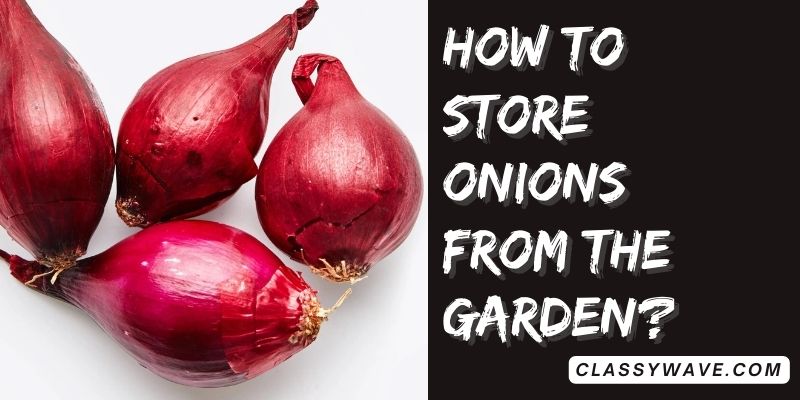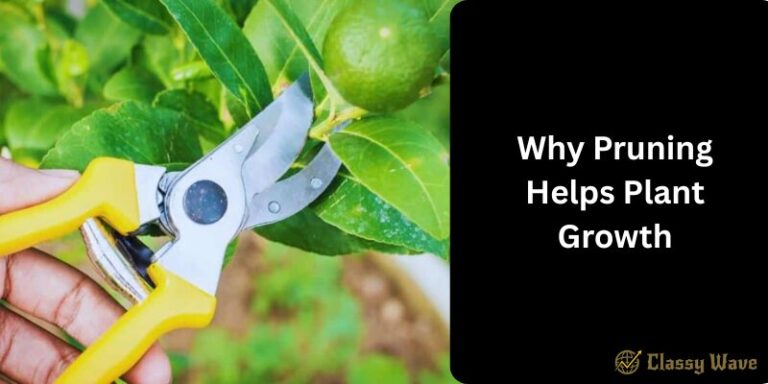how to store onions from the garden? Step-by-Step
Embarking on a journey to maximize the use of garden-fresh onions? Explore a range of innovative strategies, from preserving onions in oil for enhanced flavors to crafting convenient homemade powders. Discover creative infusions like onion-infused vinegar and experiment with dehydrating for long-term storage. These methods elevate your culinary repertoire while ensuring a flavorful and efficient use of your garden harvest.
Selecting the Right Onions for Storage
When storing onions in your garden, begin by choosing varieties known for good storage qualities. Select onions with dry, papery outer skins and firm bulbs. These characteristics indicate maturity and contribute to longer shelf life. Opt for storage-friendly varieties like Copra or Stuttgarter to enhance the success of your onion storage endeavors.
Harvesting Onions at the Optimal Time
Timing is crucial when harvesting onions for storage. Harvest when the tops have fallen over and the foliage has turned yellow and started drying. This signifies the end of the growing season and the beginning of the curing process. Harvest too early, and the onions may not store well; harvest too late, and they may be prone to disease. Aim for the optimal balance to ensure quality storage.
Curing Onions Before Storage
Curing is a vital step in preparing onions for storage. After harvesting, allow the onions to dry in a well-ventilated, shaded area for about two to three weeks. This process toughens the outer layers, promoting extended storage life. Proper curing also helps heal wounds and reduce the risk of rot. Patience during this phase contributes significantly to the overall quality and longevity of stored onions.
Choosing the Best Storage Conditions for Onions
To maintain onion freshness, it’s essential to store them in the right conditions. Find a cool, dry place with good air circulation. Aim for temperatures between 32°F to 40°F (0°C to 4°C) and relative humidity around 65–70%. Avoid storing onions near potatoes, as they release gases that can accelerate onion sprouting. Maintaining these ideal conditions safeguards your harvest and minimizes the risk of spoilage.
Using Onion Braids for Long-Term Storage
Employing onion braids is an aesthetically pleasing and practical way to store onions for an extended period. After curing, bundle onions together by their tops, creating braids that can be hung in a cool, dry location. This method not only maximizes space but also allows for easy access and monitoring. The braids contribute to proper air circulation, ensuring that stored onions remain fresh and viable for an extended duration.
Tips for Storing Onions in Mesh Bags
Mesh bags offer an excellent storage solution for onions, facilitating ventilation and preventing moisture buildup. Once cured, place onions in mesh bags, ensuring they are well-distributed to maintain airflow. Hang these bags in a cool, dry area, away from direct sunlight. Regularly check the onions for any signs of spoilage, removing any affected ones promptly. Properly utilizing mesh bags promotes longevity and quality in stored onions.
Avoiding Common Mistakes in Onion Storage
Successful onion storage hinges on avoiding common pitfalls. Ensure thorough curing, choose an appropriate storage location, and inspect onions regularly for signs of decay. Prevent overcrowding, which can lead to inadequate air circulation and increased moisture. Keep onions away from areas with temperature fluctuations and ethylene-producing fruits. By avoiding these common mistakes, you can maximize the shelf life and quality of your stored onions.
Checking and Rotating Stored Onions
Periodically inspect stored onions for any signs of sprouting, softness, or mold. Gently rotate the onions to ensure even exposure to air and prevent them from sticking together. Remove any spoiled onions promptly to prevent the spread of decay. Regular checks and rotations are crucial in maintaining the overall quality of your stored onions and ensuring you can enjoy a fresh supply for an extended duration.
Freezing Onions for Extended Shelf Life
Freezing is an alternative method for preserving onions. Clean, peel, and chop the onions before placing them in airtight containers or freezer bags. Properly sealed, frozen onions can be stored for several months without compromising taste or nutritional value. Freezing is an excellent option for those with limited storage space or who want pre-chopped onions readily available for cooking. This method extends the usability of your garden-fresh onions.
Creative Recipes for Excess Garden Onions
When faced with abundant garden-fresh onions, explore creative recipes to make the most of your harvest. Consider caramelizing onions for savory toppings, preparing pickled onions for tangy condiments, or incorporating them into flavorful soups and stews. Explore diverse culinary uses to enjoy the rich taste and nutritional benefits of onions while preventing excess from going to waste. Experimenting with recipes ensures a delightful culinary experience and adds variety to your meals.
Preserving Onions in Oil for Flavorful Additions
Transform your garden onions into a culinary delight by preserving them in oil. Clean and thinly slice the onions, layering them in a jar with herbs and spices. Cover with quality oil, infusing it with the onion’s robust flavor. Use the resulting concoction as a versatile condiment, adding depth to salads, pasta, or grilled dishes. This preservation method not only extends the lifespan of your onions but also provides a convenient, ready-to-use ingredient for enhancing the taste of various culinary creations.
Crafting Homemade Onion Powders for Convenience
Elevate your kitchen convenience by crafting homemade onion powder from garden-fresh onions. Dehydrate thinly sliced onions until crisp, then grind them into a fine powder. This DIY approach ensures a flavorful, preservative-free seasoning that adds a savory kick to your dishes. Sprinkle it in soups, stews, or marinades for instant onion essence. By making your onion powder, you not only customize the flavor intensity but also reduce dependence on store-bought alternatives, enhancing the overall quality of your culinary creations.
Creating Infused Vinegar with Garden-Fresh Onions
Infusing vinegar with garden-fresh onions presents a delightful way to enhance your culinary repertoire. Combine sliced onions with vinegar in a sterilized bottle, allowing the flavors to meld over time. The resulting onion-infused vinegar becomes a versatile ingredient, perfect for vinaigrettes, marinades, or pickling solutions. This creative infusion adds a nuanced, sweet-and-tangy depth to your dishes. With minimal effort, you can transform your surplus garden onions into a unique and flavorful culinary asset that elevates the taste of various recipes.
Dehydrating Onions for Long-Term Storage
Extend the shelf life of your garden onions by dehydrating them for long-term storage. Thinly slice the onions and dehydrate until they become crisp. Once dried, store them in airtight containers. These dehydrated onions serve as a versatile kitchen staple, ready to be rehydrated for use in soups, sauces, or casseroles. Dehydrating not only preserves the essence of onions but also minimizes storage space, providing a practical solution for those with limited room. This method ensures a consistent onion supply throughout the year.
Experimenting with Onion Chutneys and Relishes
Dive into the world of flavorful condiments by experimenting with homemade onion chutneys and relishes. Combine garden-fresh onions with complementary ingredients like fruits, spices, and vinegar to create unique, tangy accompaniments. These versatile condiments elevate the taste of various dishes, from cheese platters to grilled meats. Experiment with different flavor profiles to discover the perfect balance for your palate. Crafting your chutneys and relishes not only utilizes surplus onions but also allows you to tailor the flavors to your liking, adding a personal touch to your culinary creations.
Conclusion
In conclusion, transforming garden-fresh onions into versatile culinary assets not only prevents waste but also adds depth to your kitchen creations. Whether preserving in oil, crafting powders, or exploring unique infusions, these strategies offer a spectrum of possibilities. From convenient condiments to long-term storage solutions, the journey from garden to table becomes an exploration of flavors. Embrace these techniques to savor the essence of your harvest, ensuring a year-round supply of quality onions in your culinary endeavors.
FAQs
Question: Can I freeze onions for long-term storage?
Answer: Yes, peel and chop onions before freezing for several months, preserving their taste and nutritional value.
Question: What’s the best way to prevent onions from sprouting?
Answer: Store onions in a cool, dry place with good air circulation, avoiding overcrowding for prolonged freshness.
Question: How do I make onion-infused oil at home?
Answer: Slice onions, layer with herbs in a jar, cover with foil and let infuse for a flavorful condiment.
Question: What are creative recipes for excess garden onions?
Answer: Explore caramelizing, pickling, and incorporating onions in salsas, quiches, or pasta sauces for delightful variety.
Question: Can I dehydrate onions without a dehydrator?
Answer: Yes, thinly slice onions and air-dry in a well-ventilated space until crisp for long-term storage.







